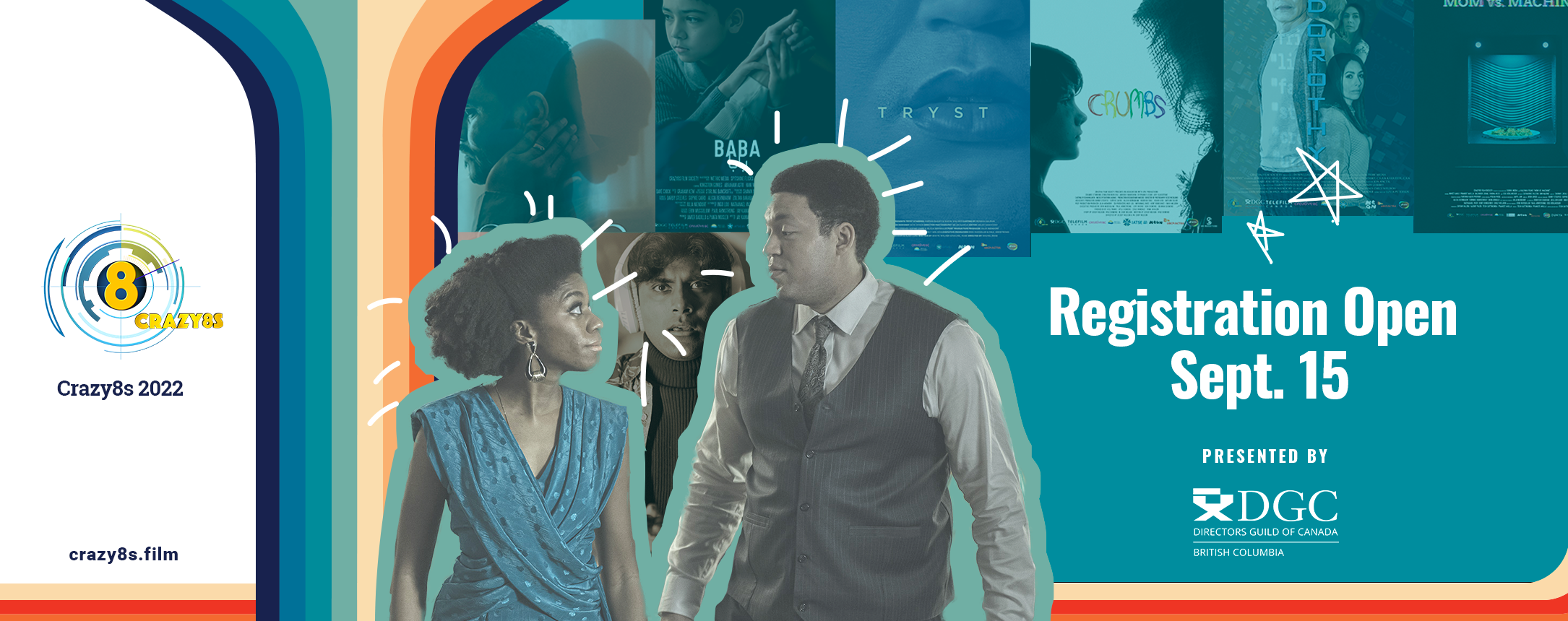In a news release, Bell Media confirms The Harold Greenberg Fund has begun a search for additional funding, with one year of life-support from Crave.

When Bell acquired Astral in 2013, the CRTC‘s Tangible Benefits Policy required it “to offer significant benefits to the communities they proposed to serve and to the Canadian broadcasting system” to the tune of nearly $250,000,000.
Randy Lennox, President of Bell Media says:
“The Harold Greenberg Fund came to us with a plan to continue its English-language program by seeking alternate funding following completion of the benefits, and we are happy to provide our support in their efforts to attract complementary financial partners.”
Suzette Couture, Co-Chair of The Harold Greenberg Fund says:
“Bell Media has long believed in our mandate to award much-needed funding to talented Canadian storytellers and I am extremely grateful for their ongoing support of Canadian voices as we transition to a new funding model.”
Following the success of the Porky’s franchise, Harold Greenberg, initially through The FUND (Foundation to Underwrite New Drama) and posthumously through The Harold Greenberg Fund, has invested approximately $85,000,000 in over 4,000 projects since 1986.
In many cases, this funding is critical to the development of Canada’s future filmmakers.
Jeremy Lutter, commenting to me on the value of The Harold Greenberg Fund to his career and his fears of a potential future without them, writes:
“Having been fortunate enough to go through one of their programs, the one thing that struck me about The Harold Greenberg Fund is their complete involvement in the film community. Going through the program Shorts to Features at HGF was a mentorship and I created a lot of lasting connections. You could tell those running the program had a love of storytelling and Canadian Cinema. I have been fortunate to travel to many film festivals around the world and hear from other filmmakers that Canada is a place of envy, where we support our emerging filmmakers. They all think their countries should have a system like this and throughout my time as a filmmaker I worry that I might be seeing the end of this system in Canada. I think emerging-producers really need help not only with their first step but with their second step as well. The Harold Greenberg Fund offered a variety of different programs to help strengthen Canadian storytelling in general. It’s going to be nearly impossible to replace such grants in Canada.”
Arnold Lim shares similar thanks and thoughts:
“Opportunities like the Harold Greenberg Fund’s Shorts to Features grant were one of the catalysts to help propel my filmmaking career. Living in Victoria, a smaller town not typically known for film film like Vancouver or Toronto, the opportunities are limited and the HGF’s work supporting filmmakers all across Canada gave us a financial opportunity to elevate our work, in addition to buoying mentorship opportunities through the knowledgable HGF team dedicated to cultivating opportunities for Canadian filmmakers. Having been so fortunate to benefit from both BravoFACT and HGF grants, I know the death of BravoFACT has left a huge hole for up-and-coming artists and losing the HGF would exacerbate that challenge even further. I can’t say enough how much their staff and their programming made a tangible effect on my filmmaking journey. Those opportunities were springboards to further opportunities and I can draw a direct line from my time with the HGF to eventually directing my feature film All-in Madonna and producing Web Series Best Friend Me through Telefilm’s Talent to Watch program. The thing we don’t realize is that not only do these programs support the director and producer whose names are on the grant, but as well the many artists whose names grace our lengthy end credits who also live in our smaller communities. Literally hundreds of artists also got the opportunity to work their chosen field and grow their resume and realize their potential alongside us. The full-circle benefit of these programs run far deeper than most people realize and are critical to artists across Canada. Many of us turned to the arts, specifically film and TV among many other artistic endeavours, during the pandemic and these grants are exactly the types of programming we need in Canada to further support the artists many of us turned to when we had no where else to turn.”
Note however, the French-language fund is wrapping up:
“Like many other funds supported by tangible benefits regulated by the CRTC, the French-language committee for Le Fonds Harold Greenberg has chosen to complete its mandate, and will wind down operations over the next six months. With considerable reserve funds, the program will focus exclusively on Fiction Feature Film Production. As of February 28, 2021, the French-language program will close and transfer any remaining funds to another certified independent production fund.”
My take: The CRTC’s Tangible Benefits Policy is no way to fund the development of a thriving mediascape in Canada. Consider that, if there were no mergers or acquisitions, there would be no funds earmarked at all. It is unsustainable as well, as the funds expire over time. Recall the demise of BravoFACT and the CIFVF previously. I sincerely hope The Harold Greenberg Fund can find a sustainable funding model in the next year, as it would be a shame to see it disappear as well.





